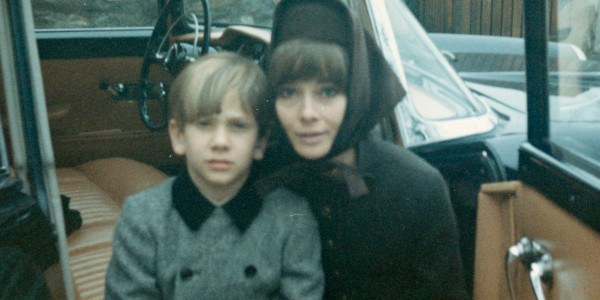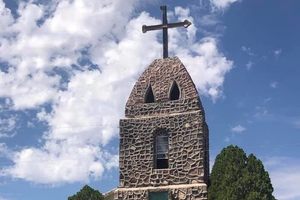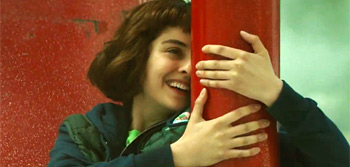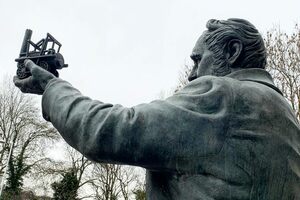Penascosa Petroglyph in Vila Nova de Foz Côa, Portugal
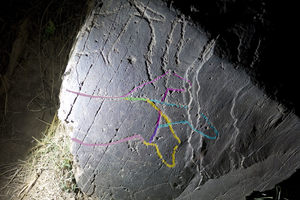
The little valley of the Côa River in northern Portugal is home to an amazing collection of Paleolithic rock art. Thousands of figures of horses, bovines, and other animals, along with human and abstract figures were created beginning perhaps 22,000 years ago. The tradition continued throughout the Stone Age and into the Bronze Age.
One particularly imaginative engraving is quite fascinating. It’s not the biggest or the most complicated design, nor the most complete or detailed in the valley. At the Penascosa site, one of three open to the public, a three-headed horse puts on a show for lucky viewers.
Many of the animal carvings tend to overlap one another, this one in particular creates a unique illusion. When the flickering light of a fire illuminates the rock, the horse appears to move its head. Experiments trying to recreate this effect with a flashlight are not always successful.
The Prehistoric Rock-Art Sites in the Côa Valley were designated a World Heritage Site by UNESCO in 1998. The Côa Museum is a beautiful modernist building blended into a hilltop that overlooks the confluence of the Côa and Douro Rivers.
